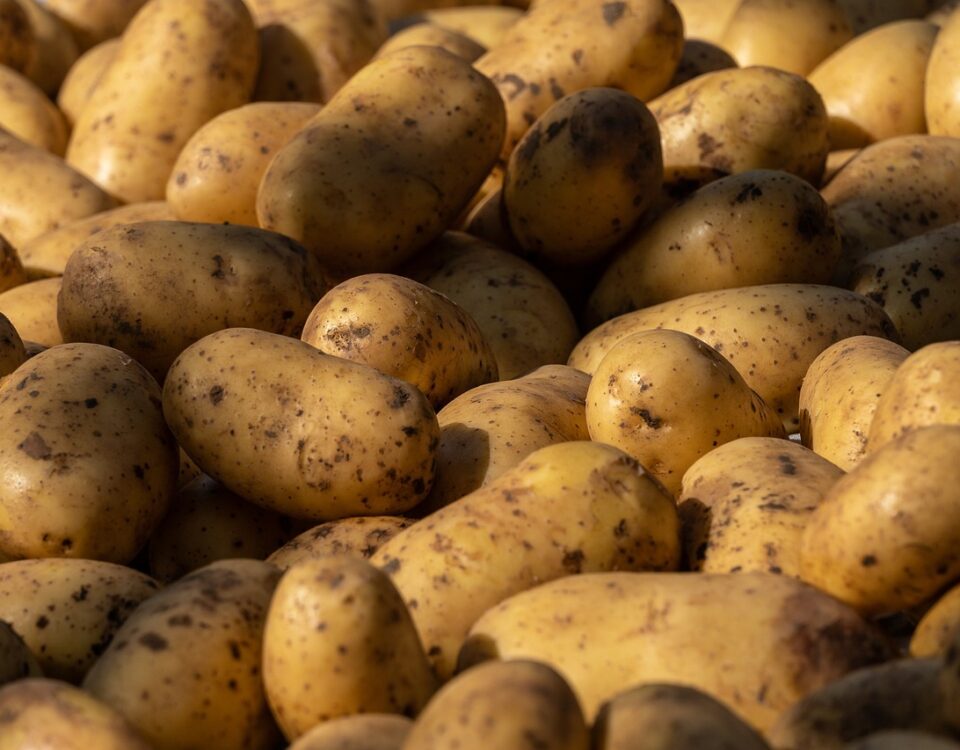
What AI Says About a Cluck
May 2, 2024
May 2024 Friday’s e-links: The Significance of a Cluck
May 3, 2024In 2018, Cape Town, South Africa was three months away from Day Zero when the taps would have run dry. So they set records for fast showers and washing shirts. To encourage less flushing, they were told, “If it’s yellow, let it mellow.” Washing cars and filling swimming pools were prohibited and water pressure was set at low levels. The goal was to encourage conservation by making water use more costly.
It worked (and it rained).
But still, water stress is a concern.
Water Shortages
The media have recently reported that Montevideo, Mexico City, and Bogota have water shortages.
Montevideo
After a 3-year drought, the Montevideo’s main reservoir was almost dry. Redirecting brackish water, the city publicized daily quality tests, made bottled water available, fixed leaky pipes and built a new dam. Also though, they elevated allowable sodium and chlorine levels. Ultimately, during August 2023, several heavy downpours refilled the city’s reservoir.
Mexico City
Again, the basic problem here is a severe drought and warmer temperatures. Also to blame though is a growing population that depends on a crumbling infrastructure with leaky aging pipes. Pumped from underground, water from the city’s aquifers is inadequate. Authorities have tried to compensate with water trucks and redirecting water from local reservoirs.
Bogota
Colombia, too, cites a drought as the reason for rationing in Bogota. The mayor divided the city into nine zones that would take turns having their water cut off. In addition, water restrictions include a car washing prohibition and a surcharge for households that consume more than their water allotment.
Water Stress
Defined as the population’s demand for its local water, we say that water stress is high when people consume more than 40 percent of their renewable supply. The Washington Post tells us that currently 3.3 billion people are highly water stressed.
Five of the six most water stressed countries are in the Middle East and North Africa:
However, domestically, for industry, and agriculture, the U.S., India, and China withdraw the most freshwater:

But maybe these maps say the most:
Our Bottom Line: The Diamond Water Paradox
Adam Smith wondered why water costs much less than diamonds. After all, we need water to survive while diamonds are merely an extravagant luxury. Years later, economists had the answer.
They just had to think at the margin, about the cost of the next extra unit.
With water, when there is a lot, the next extra glass, or flush, or shower costs little. Totally though, water is priceless. With diamonds, the opposite is true. We would rather have that one extra diamond and will pay a lot for it. But, the total usefulness of diamonds is small compared to water.
Economists here say that we are comparing marginal utility to total utility—the usefulness of the next extra unit that we consume to its total usefulness.
My sources and more: For the Montevideo story, Bloomberg and France 24 had the facts. Next, the AP and NBC News told what was happening in Mexico City. As for Bogota, I found my facts here. Then, combining it all in the big picture, The Washington Post was ideal as was Our World in Data. (Please note that several parts of today’s post were in a past econlife.)
And finally, if you have a spare 18 1/2 minutes do look at the following Netflix analysis of the world’s water problem. Insightfully, at the end they point out the fundamental contradiction. If we make water affordable, then the incentive to conserve diminishes:
![econlifelogotrademarkedwebsitelogo[1]](/wp-content/uploads/2024/05/econlifelogotrademarkedwebsitelogo1.png#100878)






